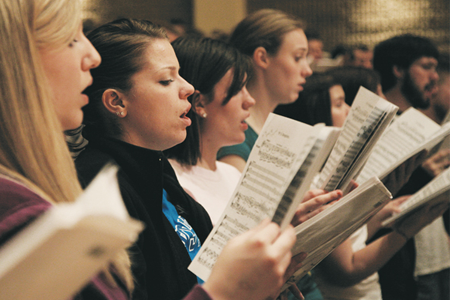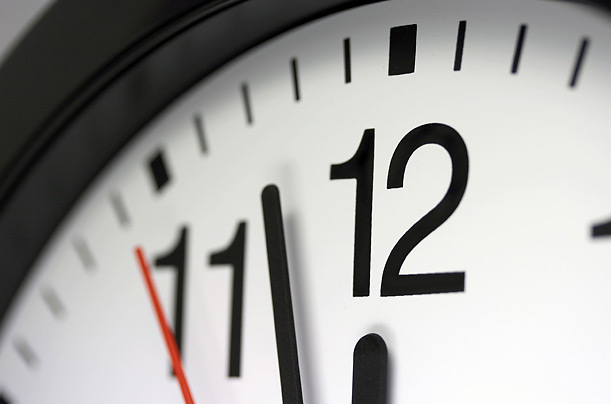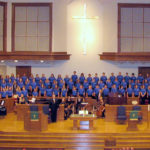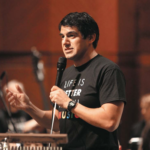Friends, it is good to be back with you on our online community. My teaching schedule this semester has been unusually hectic, but it involved teaching one of my courses: “Choral Techniques.” This has been a really fun class to teach because it deals with the nitty-gritty of how to develop a good choir and overall run a high quality choral program—mainly for church and school environments. Anyone who will work with any choir would benefit from this class.
We have covered a variety of topics, and it struck me that perhaps our online CueWeb community could benefit from the handouts I have given my students. So, in keeping with the spirit of giving during this time of year, I pass them along to you.
Our first topic is REHEARSAL PACING. One could also think of this has “how to energize the rehearsal.”
These are simple and straightforward suggestions, collected from a variety of individuals, resources, and observations. Some of these ideas might be for more advanced groups, but try I think there is something for every type of choir director here. Try even 1-2 techniques each rehearsal when you come back in January and see if you can capture a renewed sense of energy and focus in your choir.
Note: Your rehearsal pacing or the energy that is perceived to be flowing in a rehearsal depends largely on your reaction to success, failures, mistakes, peaks, climaxes, etc. within said rehearsal.
Suggestions for keeping an active rehearsal pace and maintaining energy in the rehearsal
**Get the choir singing from the very beginning and end with them singing.
Keep rehearsal moving.
- When ending a section that you are rehearsing, already know what piece is next and what page number
- Consider posting rehearsal order on board
- Alternate postures of standing and sitting
- Alternate choir formations – mixed, parts, big circle, section circles, half circles, etc.
When rehearsal slumps, ask choir to find specific pitch out of thin air. Hold up hand to cue their attention) and then count down from 5 to 1. By the time you get to 0, the choir should be singing the pitch (have them hum or sing “ooh” or another vowel.) Most people like to use A440 as the pitch to find.
Vary your conducting with erratic or sudden changes to make sure they are watching and responding to you.
Have singers “silent sing” while you conduct—have them sing out loud at designated point.
Alternate pieces of ease/difficulty, fast/slow, styles, tempi, dynamics, etc.
Know exactly where you are going in rehearsal …next piece, next item, next exercise, next technique, etc.
Keep choir sections busy, even if you isolate a specific section.
Don’t spend too much time on one piece of music.
Have the rows of the choir sing their part.
If you have the volunteers, try to use short sectional rehearsals.
Work more difficult literature or music that is newer at the beginning of the rehearsal.
Avoid lengthy discourses with announcements, etc. Put it in writing.
Don’t over-rehearse vocally demanding section/pieces too long.
Make singers watch you: vary the rehearsal tempo of a piece.
Don’t be afraid to stop a rehearsal to affirm something that the choir is doing correctly. We shouldn’t always stop to talk about mistakes.
Have stretch breaks. Sometimes I will even have the choir do jumping-jacks.
Mind rehearsal: have the choir sing the piece “in their heads.” No sound. Conductor conducts as if the choir is singing.
Change up the seating/standing arrangement.
Use warm-ups to introduce the next piece.
Count sing—entire choir (this technique made famous by Robert Shaw)
Have ½ choir count sing; other ½ sing text or a neutral syllable
Have ½ choir sing a neutral syllable; other ½ sing text
Listen to alpha last names A-M or N-Z sing a section on count singing, neutral syllables, or text.
Establish different “mini-goals” for each piece in a specific rehearsal. Try to avoid working on the same issues in all pieces.
Ask the choir to pull out pieces based on descriptors of the piece: the piece in Eb, in ABA form, the piece in 6/8, etc.
Connects physical motions to phrases of a certain style/quality. Flowing, accented, stately, etc. Hands by the face/jaw for open throat/lifted palette.
Feel free to add any other suggestions for keeping rehearsals energized and exciting. Adolescents have so much energy that we must find ways to match their energy level in rehearsal.









